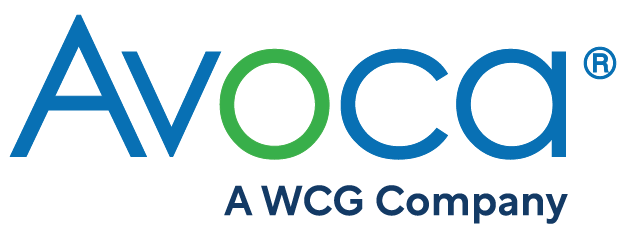Facing the challenges of ICH E6 R2 implementation with Patricia Leuchten, Avoca
By Andrew Burrows, KNect365
KNect365 Life Sciences – March 14, 2018
KNect365 spoke to Patricia Leuchten, President and CEO at The Avoca Group, as part of PCT TV at Partnerships in Clinical Trials Europe (Nov 2017) about how the clinical trials industry should interpret the ICH E6 R2 guidelines and the biggest challenges to successful implementation.
Avoca focuses on ‘helping companies improve quality and drive efficiency in the clinical trail execution process’ through three separate functions. It offers a research and consulting business, a consortium collaborative of pharma, biotech and service providers , and a new platform for centralizing pre-qualification activity.
Read the key takeaways below or watch the full exclusive interview.
What is the best way to interpret the ICH E6 R2 guidelines?
PL: ‘Essentially the guidelines are all about implementing risk based approaches to clinical trial execution. That’s an issue because I feel that as an industry, we’re just not very good at risk management and risk mitigation. We did some comprehensive research on how the industry assesses and manages risk and the punchline of that data is that there are significant gaps. There are learning gaps, there are silos, and a lot of the challenges that we’re experiencing are really prohibiting us from doing our best in terms of implement these risk based approaches.
In terms of interpreting the guidelines, they are specific, but they’re not prescriptive, and I think that creates a challenge within some companies. The easy part is creating processes, getting SOPs (standard operating procedure) aligned, insuring there’s a strength of documentation. The hard part is getting individuals to change their behaviors and mindset as it pertains to executing trials through the lens of risk. We have been very reactive as an industry and now the guidelines are advocating for more proactive, thoughtful approaches and it’s hard to make that shift.
Our data shows that both on Sponsor’s side and on the provider’s side, our respondents were basically self-assessing that they’re really not that good at some of these areas that are really important and that are stipulated in the guidelines… People are able to see: “It’s not just our organization that has challenges, this is an industry challenge”. We want to use that to mobilize change; to have the data to serve as a catalyst for greater awareness and quickly move to solutions.’
What is the single biggest challenge to successful implementation of the guidelines?
PL: ‘What would have a very big impact is getting the senior leaders and executives around this. What we hear from some of our consortium members is sometimes there is a disconnect between the individuals on the front lines of clinical trial execution, and the most senior people within the same company.
If we could get senior executives to first really understand the challenge and that this is an industry imperative now, and then to support.real organizational change, which requires training, individuals to close these learning gaps, and a different way of thinking. If the senior executives embrace this change and understand what the impact is, we could get to a tipping point.’
If you had the power to change one thing in the clinical trials landscape, what would it be?
PL: ‘I have a real passion for collaboration and I feel there is so much collective brainpower in this industry. I’ve witnessed when you get a group of individuals and companies together that have disparate and varied experiences, magic can happen. But now there’s so many silos and the clinical trial ecosystem is so complex – and it’s getting more and more complex. So, I feel that driving the collaboration models even further could have a huge, huge impact.’
